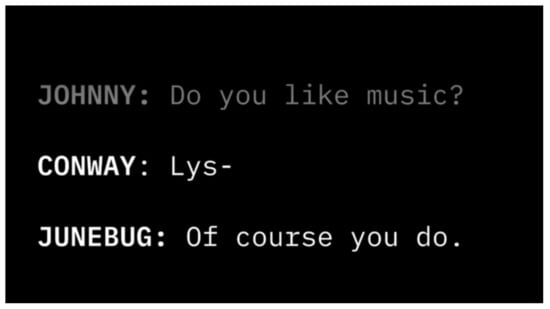- Article
E-Legitimate Offspring: Tracing Literary and Ludic Convergence
- David Ciccoricco
We can trace the convergence of electronic literature and narrative games through a focus on critical methods and experiential frameworks rather than relying on typologies or ontologies. This article offers examples of digital literary works that we experience across a literary–ludic continuum. The first section traces some historical markers of convergence between electronic literature and narrative games with reference to conference keynotes from the institutional history of the Electronic Literature Organization (ELO). The next sections will present two case studies. The first, Kentucky Route Zero by Cardboard Computer is a narrative game that benefits from a literary-critical method and rewards interpretative insights. The second, This is a COVID-19 Announcement by Peter Wills, is an analysis of a playable simulation that indulges the pleasures of iterative ludic engagement against a backdrop of narrative (yet not plot-centric) comforts. Just as literature enriches games and games enrich literature, the critical methodologies and imaginative experiences they engender can be mutually productive when understood across a continuum of literary and ludic practice.
22 December 2025




